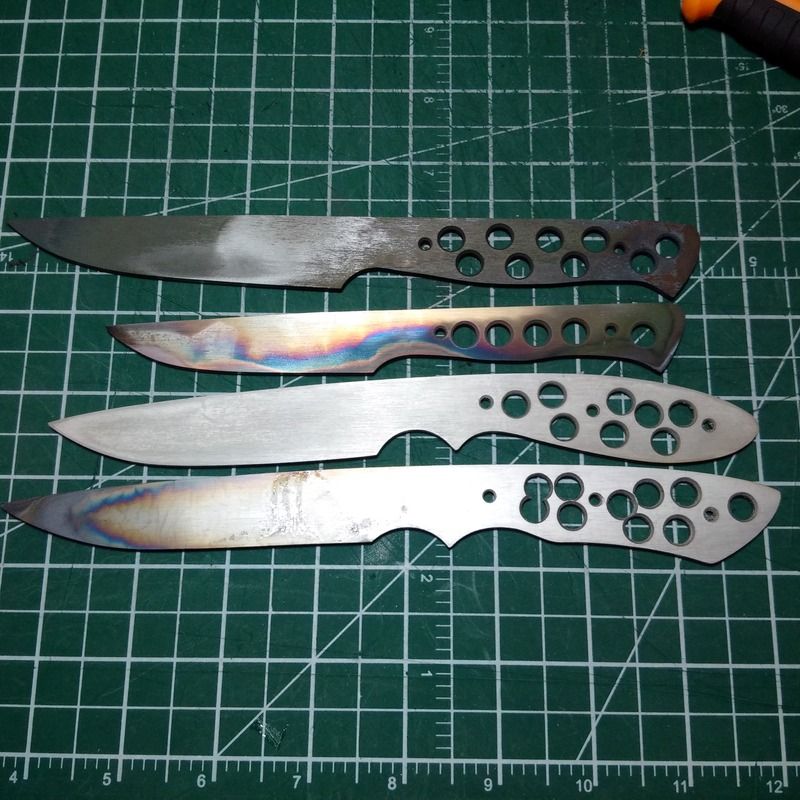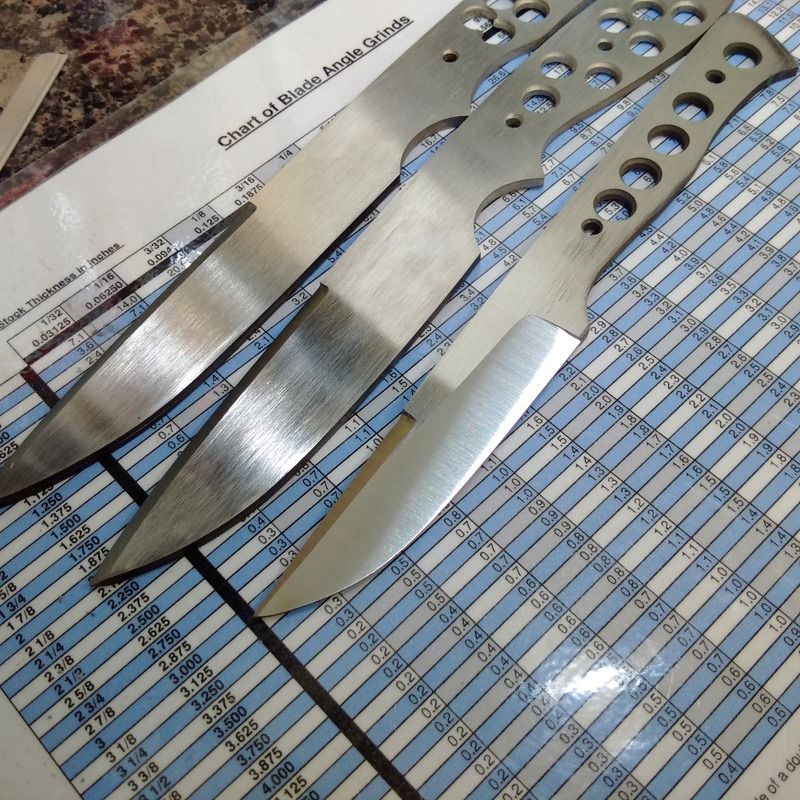Lerch
Well-Known Member
Hi all,
For the past couple of years I have been doing all my flats just using the flat platen on my grinder. I think i am able to do a pretty decent job but I would like to take my knives to the next level and produce some really sharp lines and crisp edges. I have seen the desk mounted flat disc grinder by KMG and I was thinking I had seen that in some guys shop photos
What do you all use to produce a truly flat side in roughly 200-400 grit ?
Thanks
steve
For the past couple of years I have been doing all my flats just using the flat platen on my grinder. I think i am able to do a pretty decent job but I would like to take my knives to the next level and produce some really sharp lines and crisp edges. I have seen the desk mounted flat disc grinder by KMG and I was thinking I had seen that in some guys shop photos
What do you all use to produce a truly flat side in roughly 200-400 grit ?
Thanks
steve




